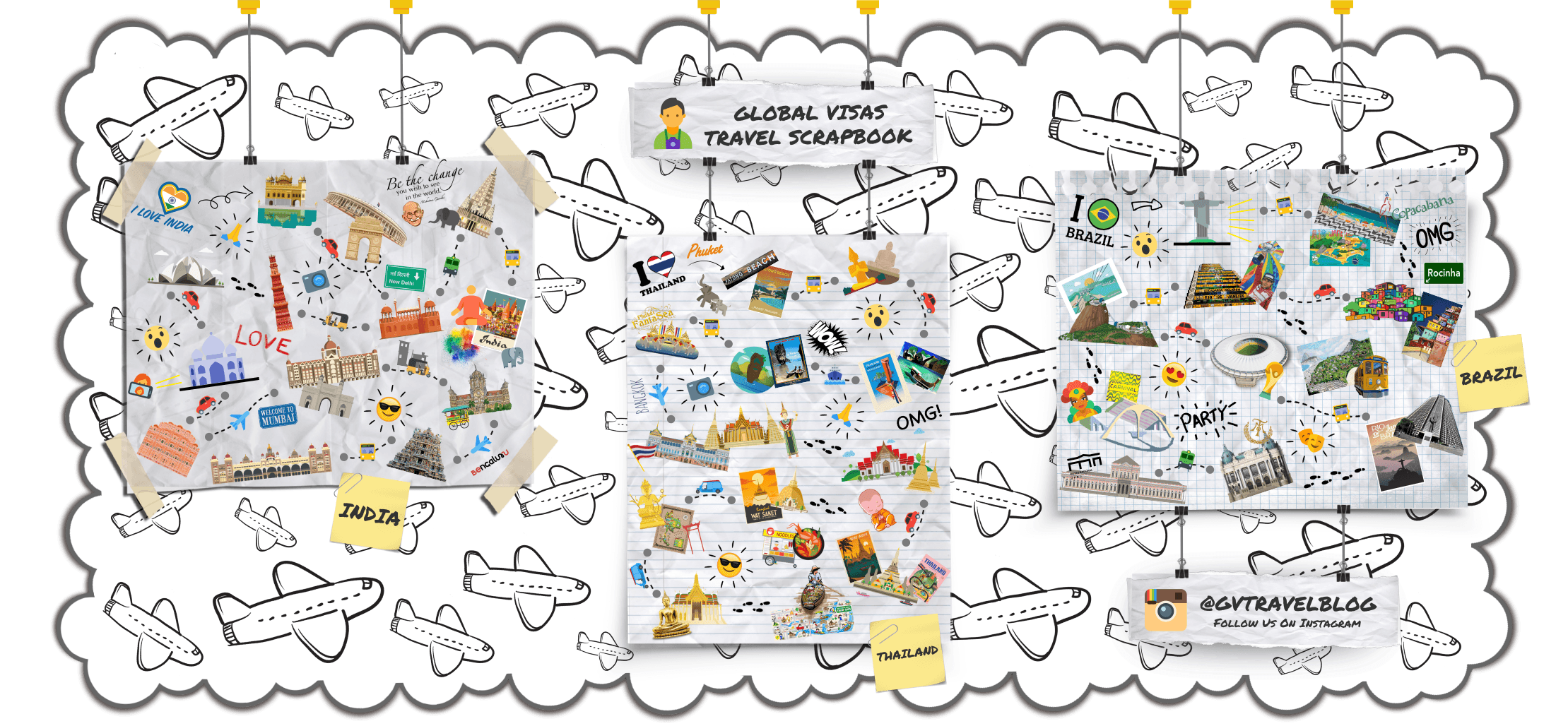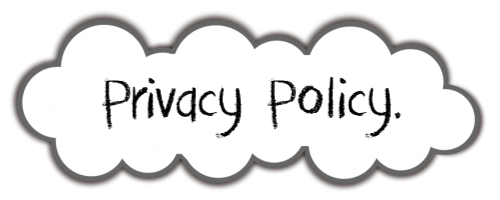EAT:
Food from Uganda is a sensation.
You can sample the luwombo, which is meat or groundnut sauce steamed in banana leaves. It has a tantalising aroma, and is always served with “food”, which in Ugandan parlance indicates any carbohydrate. The staple “food” varies from region to region, with the plantain matooke in the south, millet in the north, and potatoes in the west. Cassava, posho (made from ground maize), sweet potatoes and rice are other common “foods”. The whole fried fish is succulent, though mostly available at the beach, and usually served with chips/French fries. Other common options around Kampala include the traditional matooke, binyebwa (groundnut sauce), chapati, and meat stew. For the less adventurous, toasted sandwiches or omelets can be found in many places.
If this does not appeal, it is best (and far more interesting) to stop at roadside stands or markets to purchase fresh produce—fruits and vegetables abound and are very affordable, to say nothing of the roasted chicken or goat on a stick. There are also a number of fast-food places, such as Nando’s, Steers, Domino’s Pizza, and Hungry Lion, all in the city centre. The Ugandan Rolex is a popular delicacy all over the country made in a combination of an egg, onions and vegetables omelette rolled up in a chapati.
A basic local dish starts at around USh 1,500, and goes up to USh 5,600.A slice of pineapple from a street vendor can cost as little as USh 300.
See the Fang Fang Hotel below for good Chinese food in Kampala. Other Chinese restaurants with good food include Fang Fang Restaurant (different and more expensive from the hotel), and Golden China restaurant, all located in the city centre, and Nanjing Hotel in Kololo Hill.
In Entebbe, try the Boma Guesthouse on Gowers Rd. (see below under Sleep). Local food in Entebbe can be found at the Golf Course Restaurant and at the Airport Motel among other places.
In Jinja, the Ling Ling offers some great Chinese food. On Main Street the Source Café has a great variety of food, and you can surf the web while you eat.
DRINK:
Coffee is one of the best products from Uganda, but the British hooked the locals on tea, so finding a decent cup of native joe is nearly impossible, especially outside of Kampala. In Kampala, try the coffee house 1000 Cups on Buganda Road. The Source Cafe in Jinja sells Ugandan coffee at the airport, Banana Boat stores, and many hotels. The coffee is marketed under the name Kiira Kawa (River Coffee). Good African Coffee and Cafe Pap are good restaurants for food or coffee in the Kampala area. In Jinja, stop by the Source Cafe for an incredible cappuccino—they had the sweetest espresso machine! or when you are in the west at Hotel Mountains of the Moon in Fort Portal.
Chai tea is available widely, and is best in the rural areas near the tea plantations. You will see signs posted on shops and kiosks where it can be purchased.
Lower-end South African wine can be had in some restaurants, but stick with the beer. Any of the four major brands are acceptable, though the Pilsner brand is the only one made without added corn sugar for those who care about such things.









